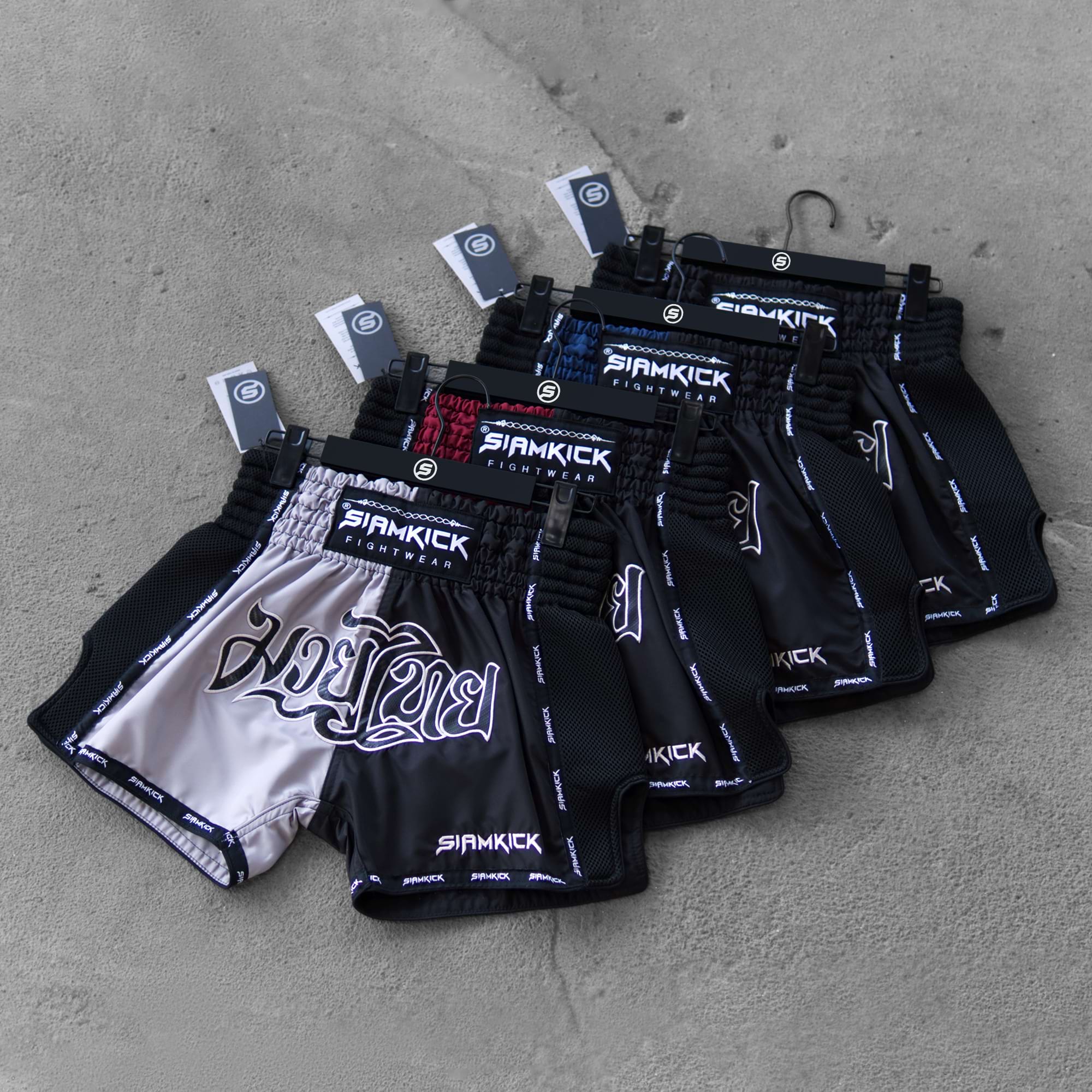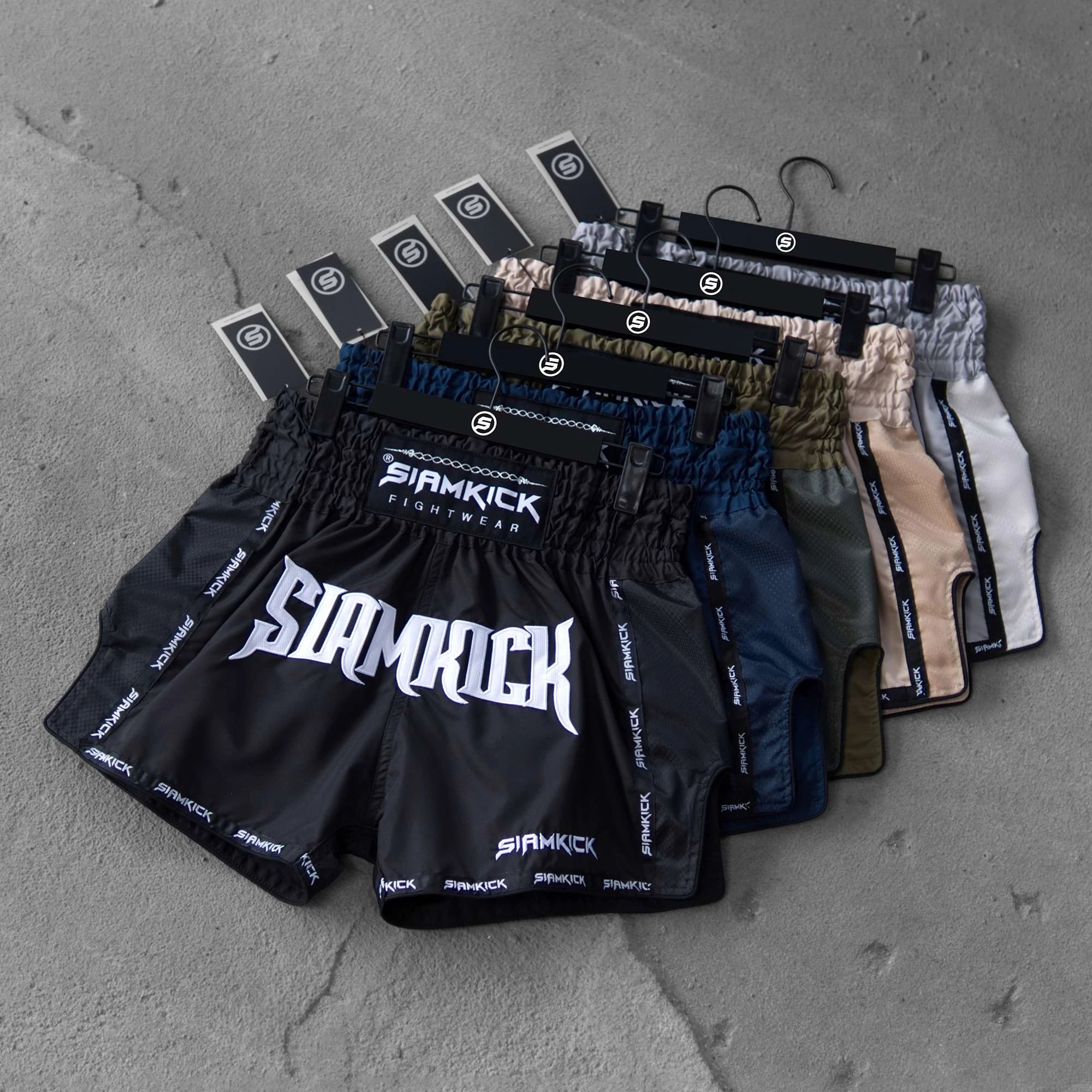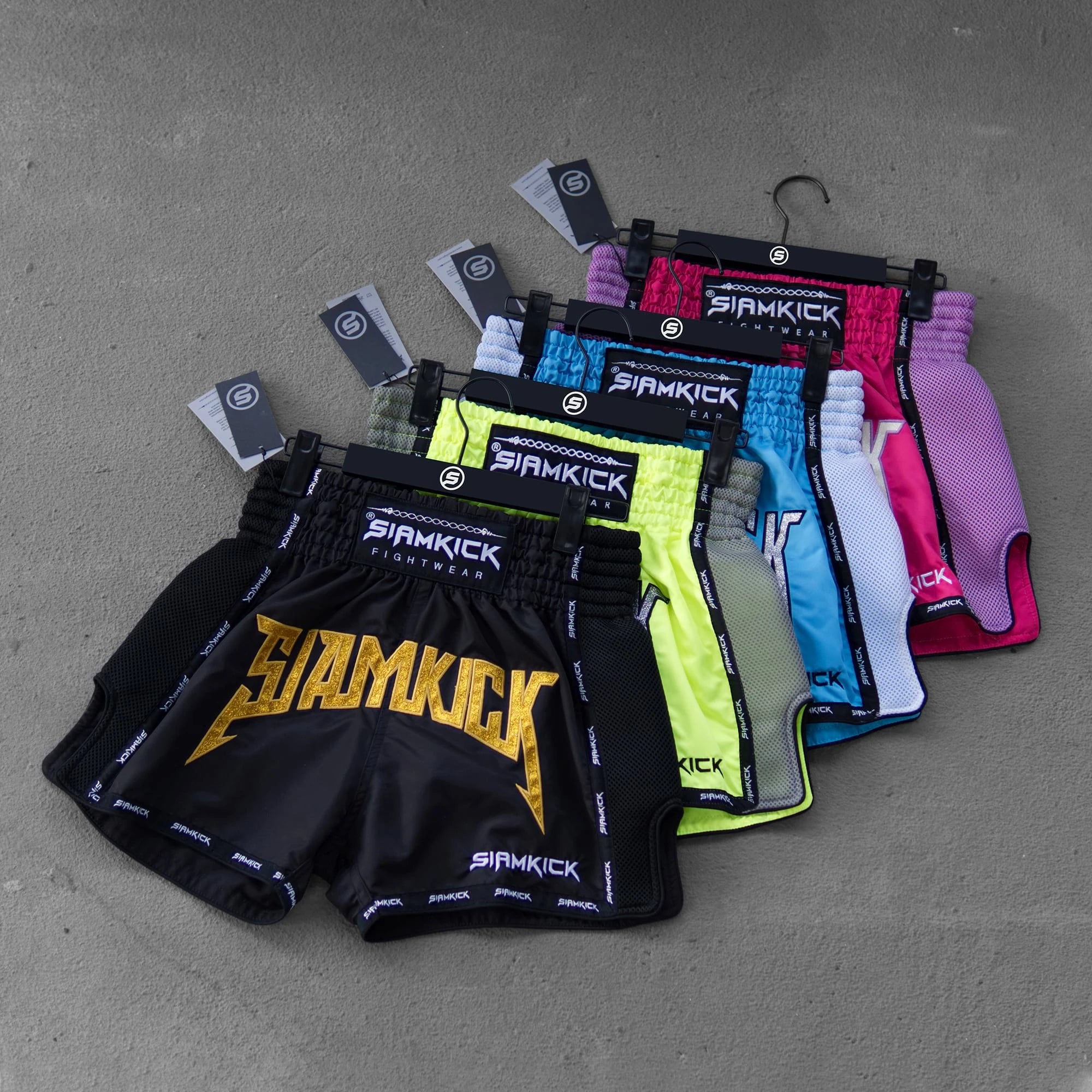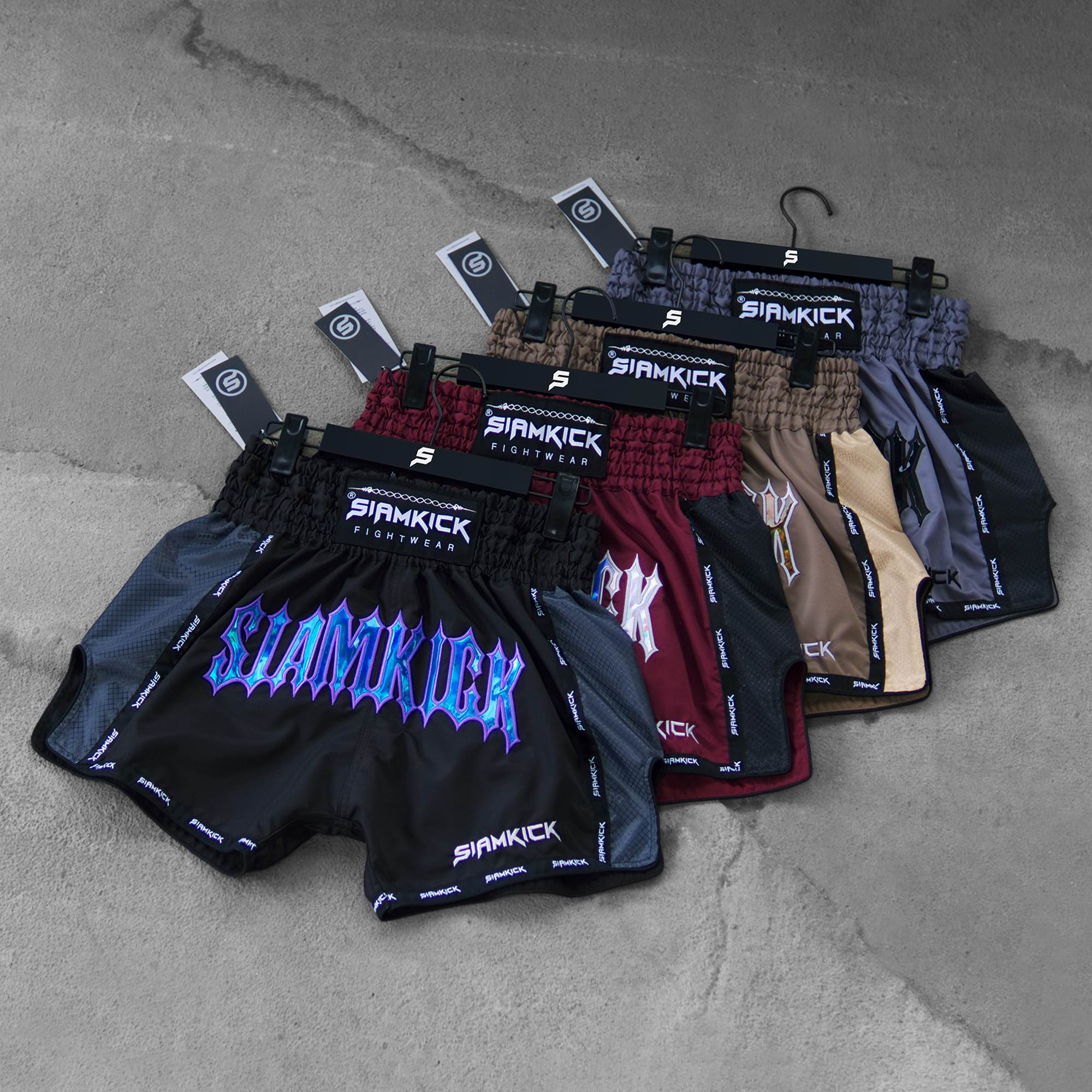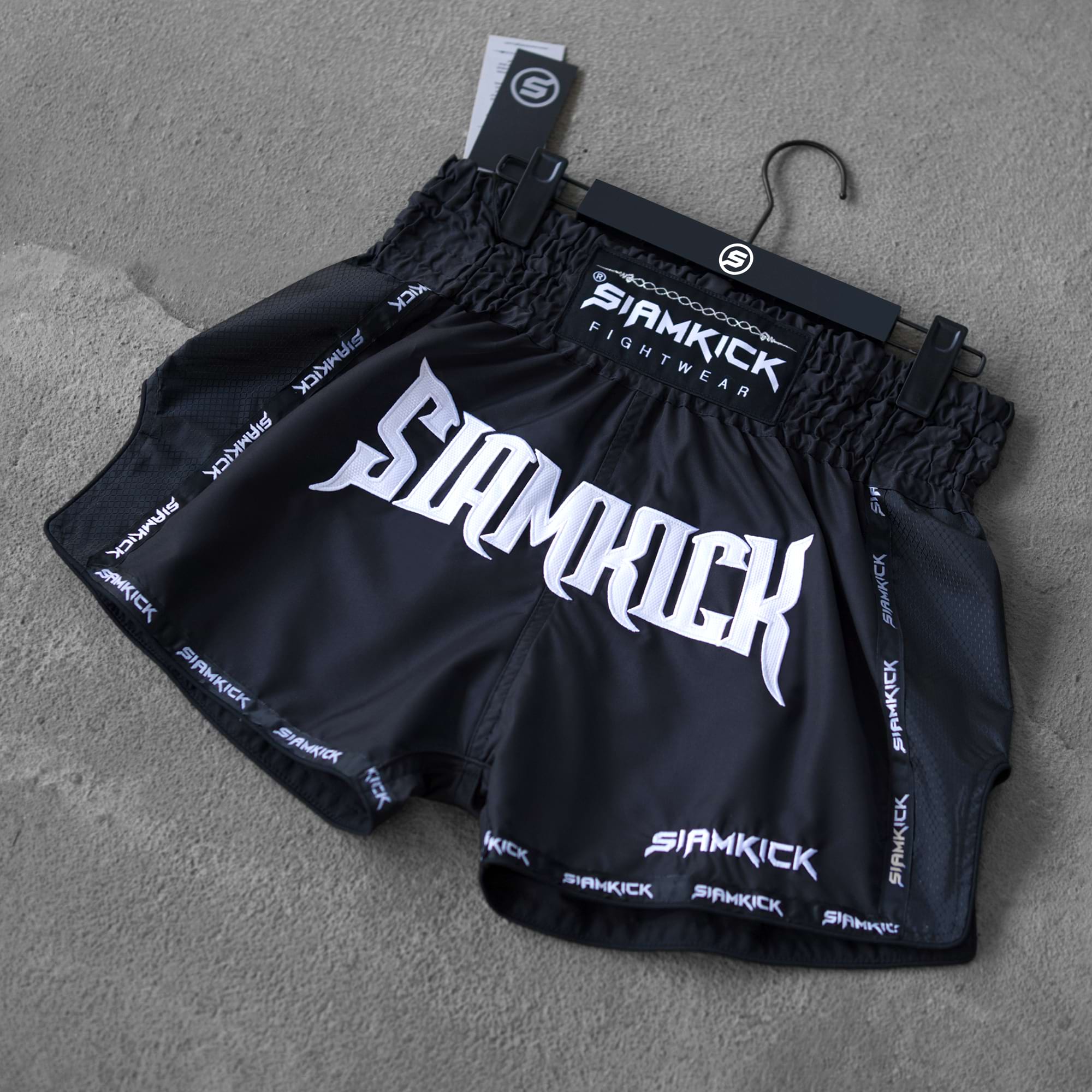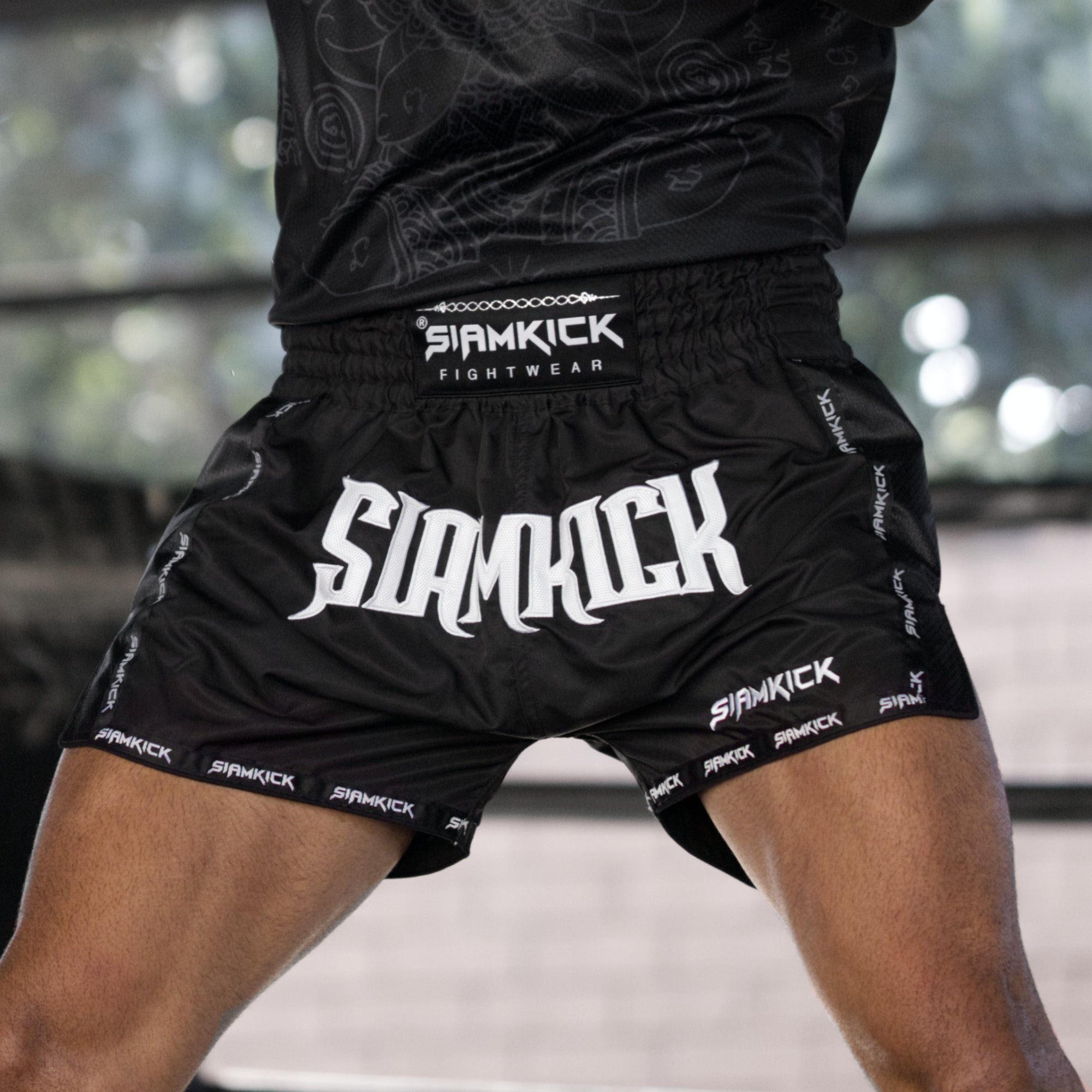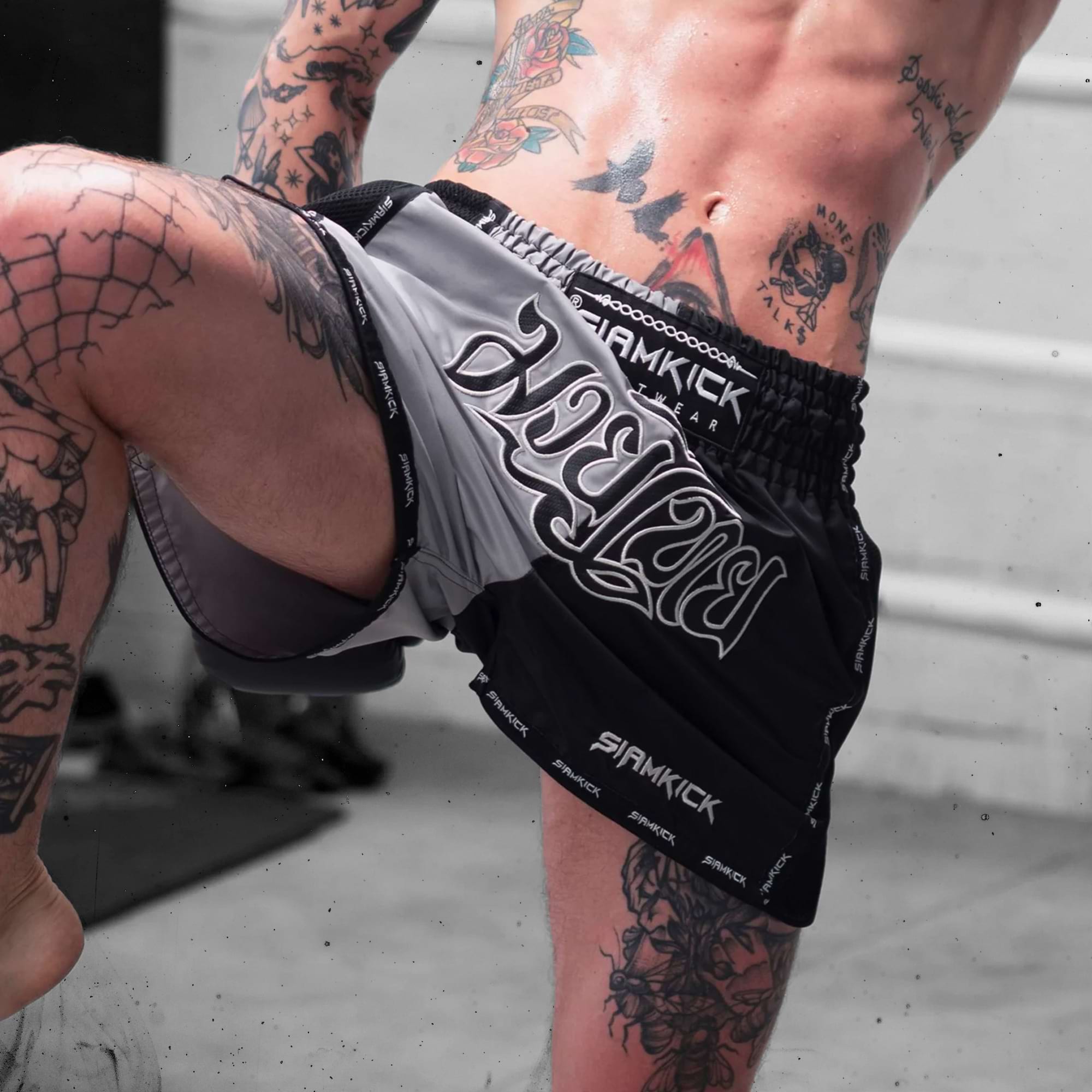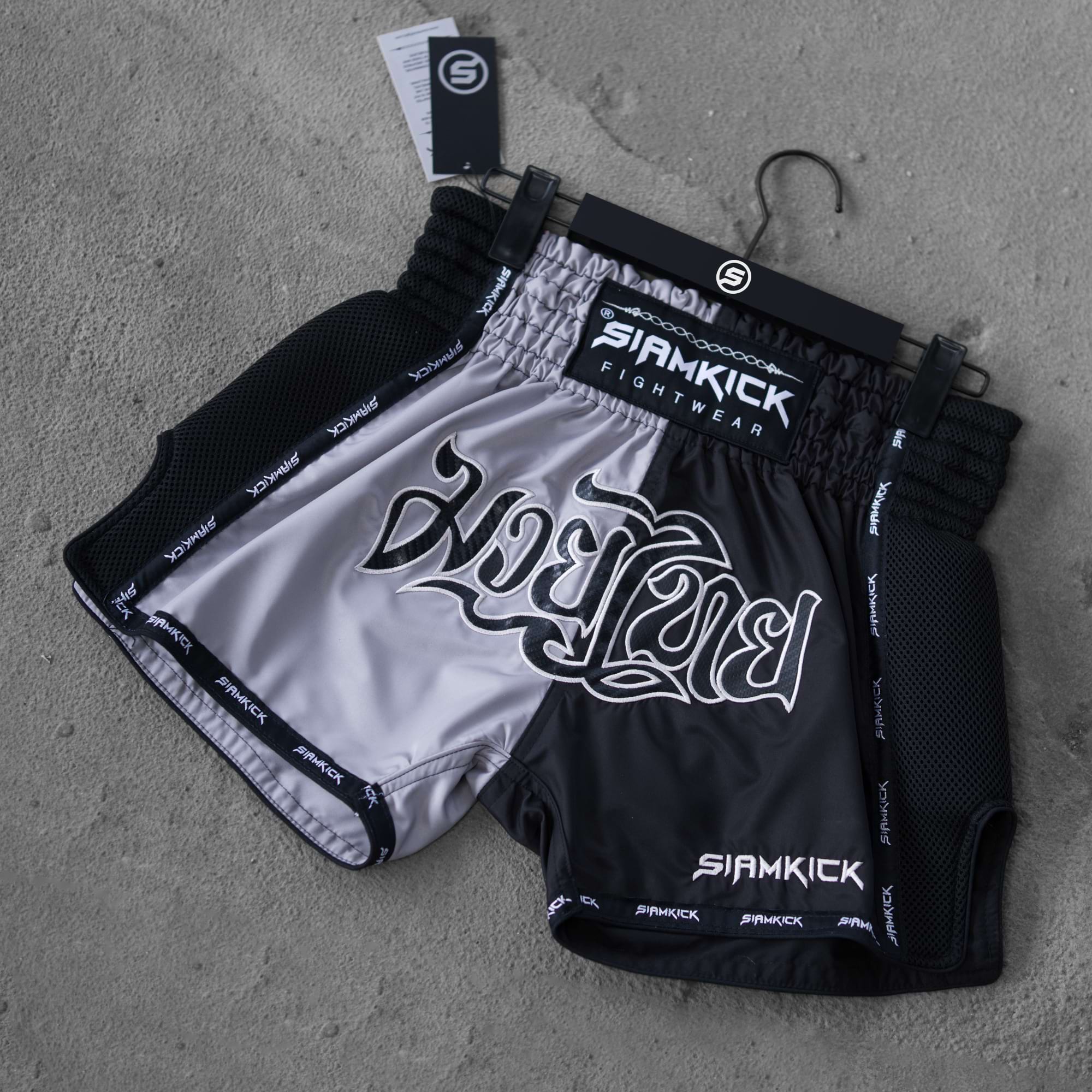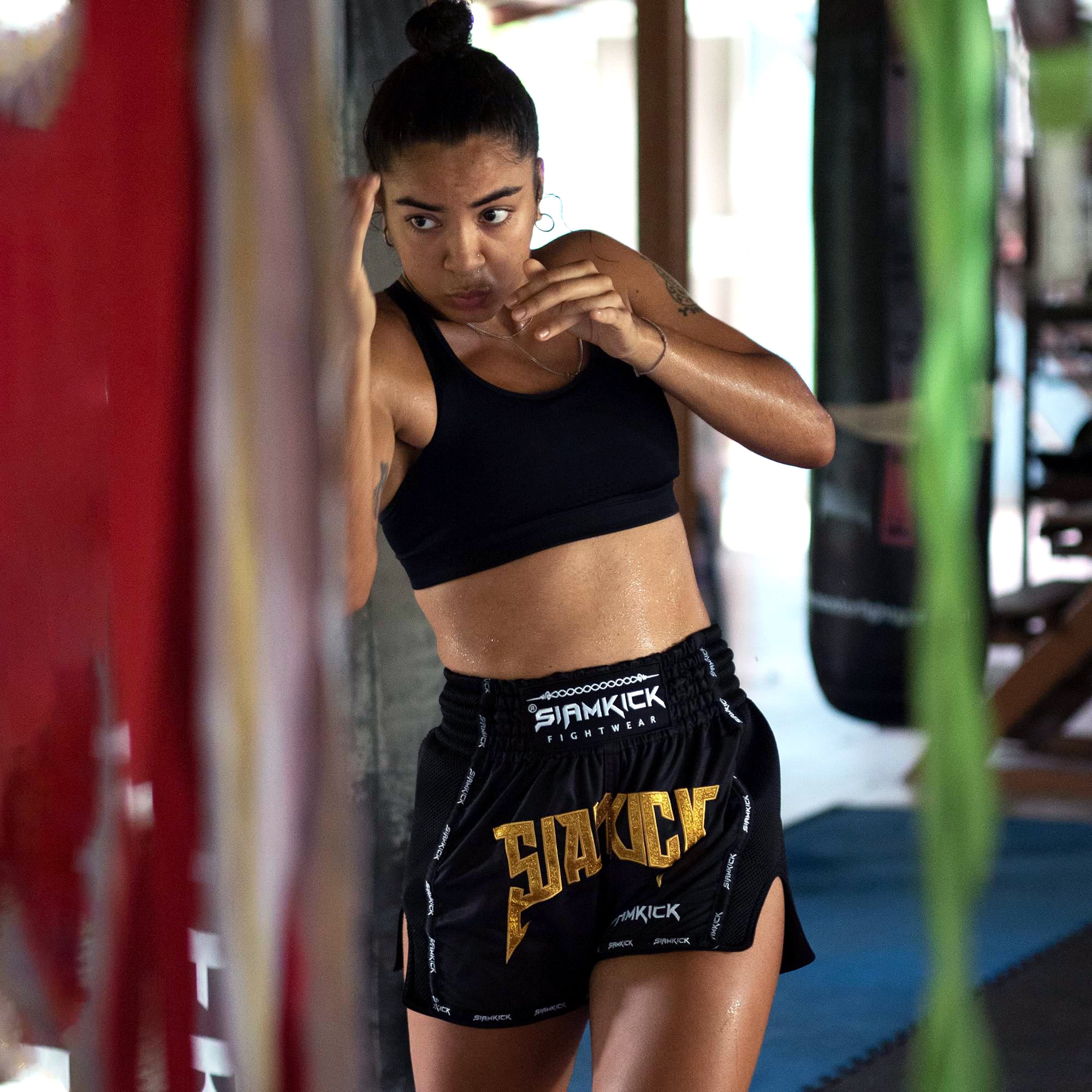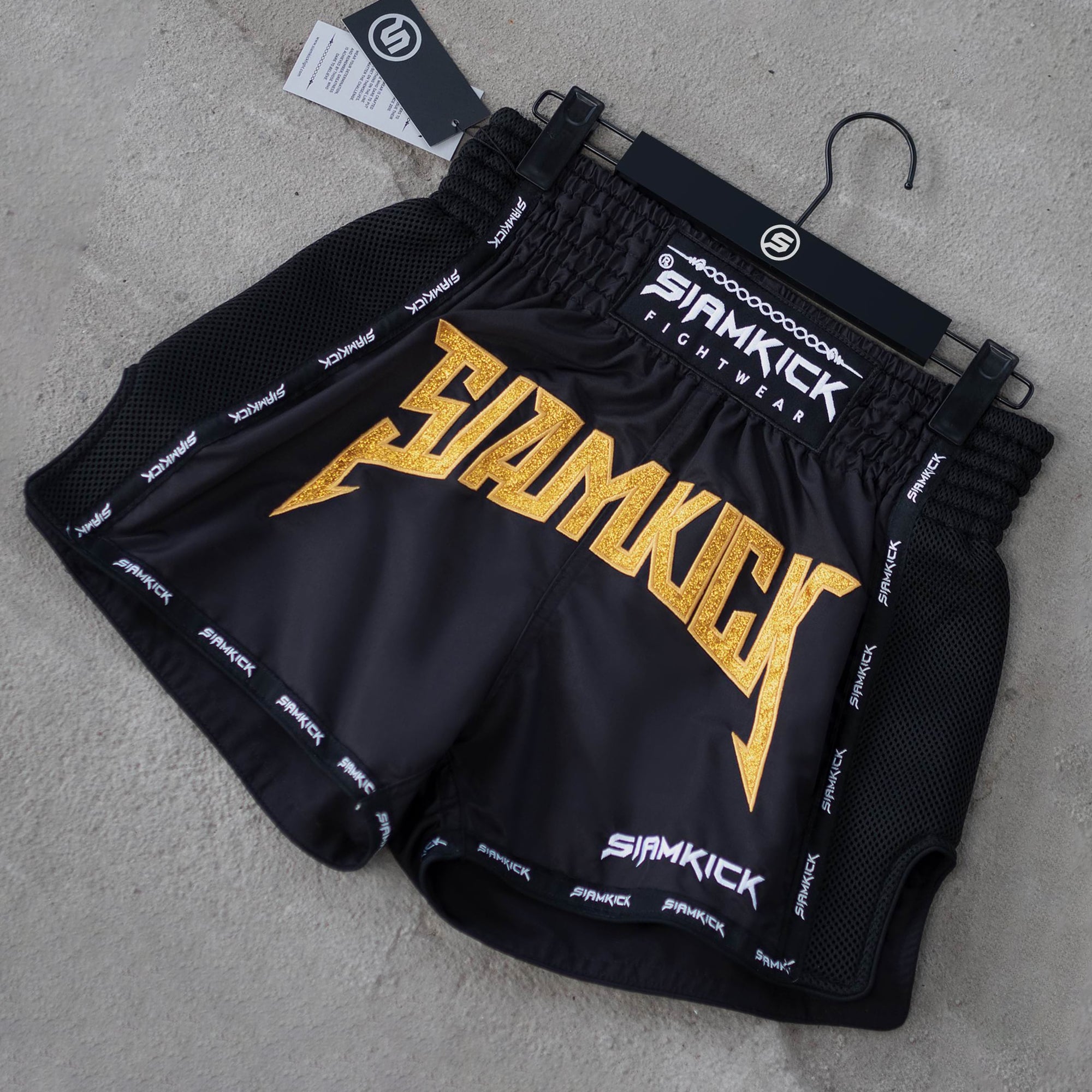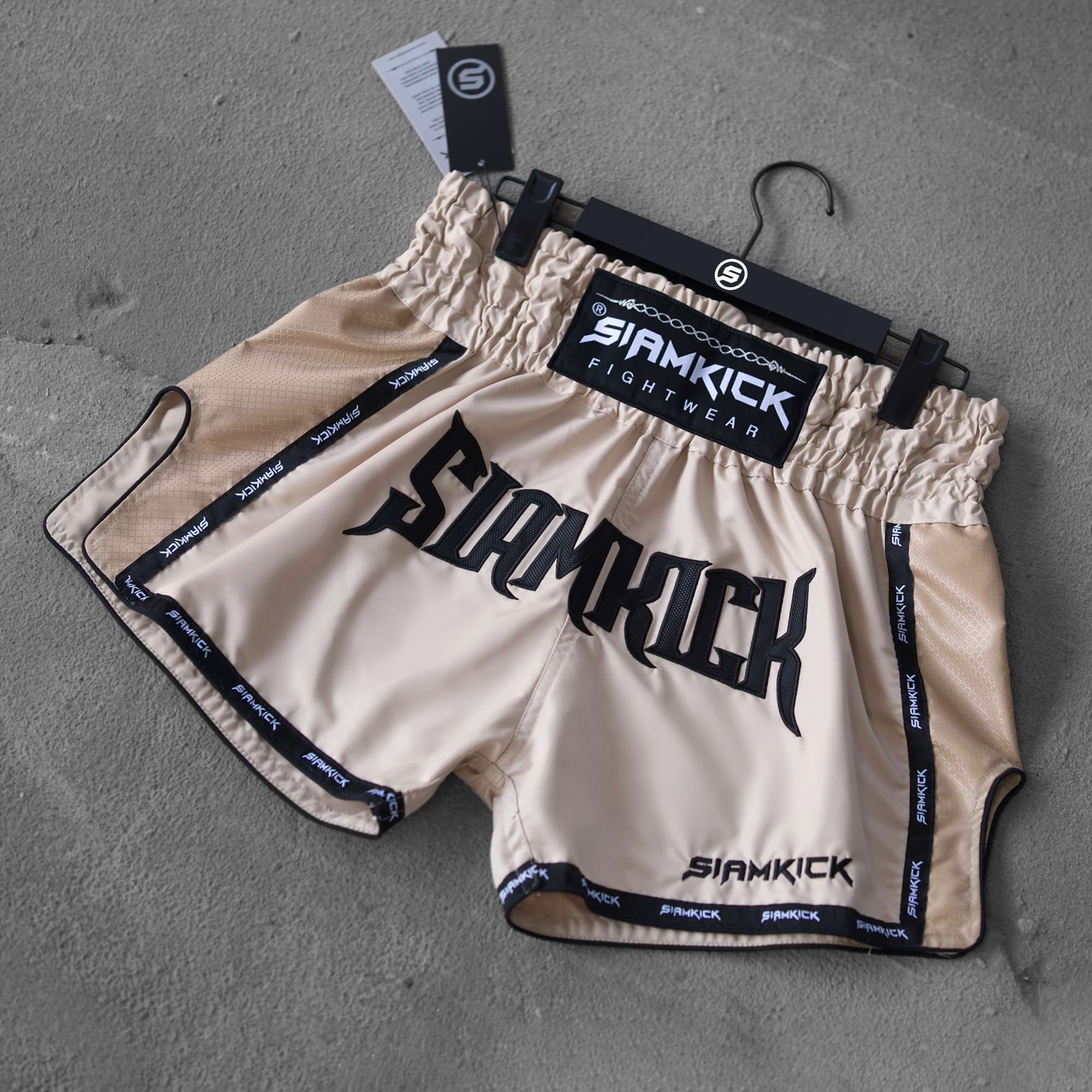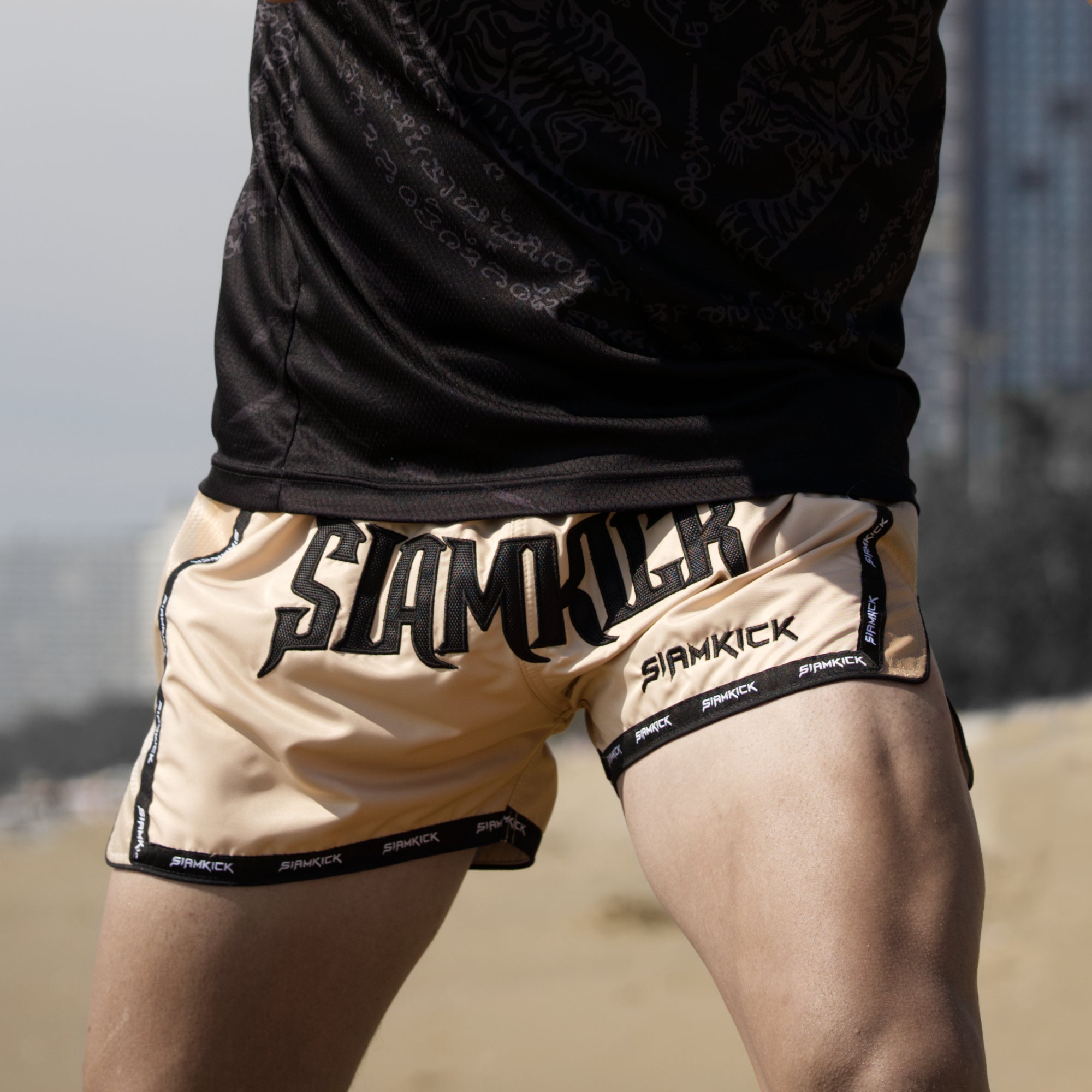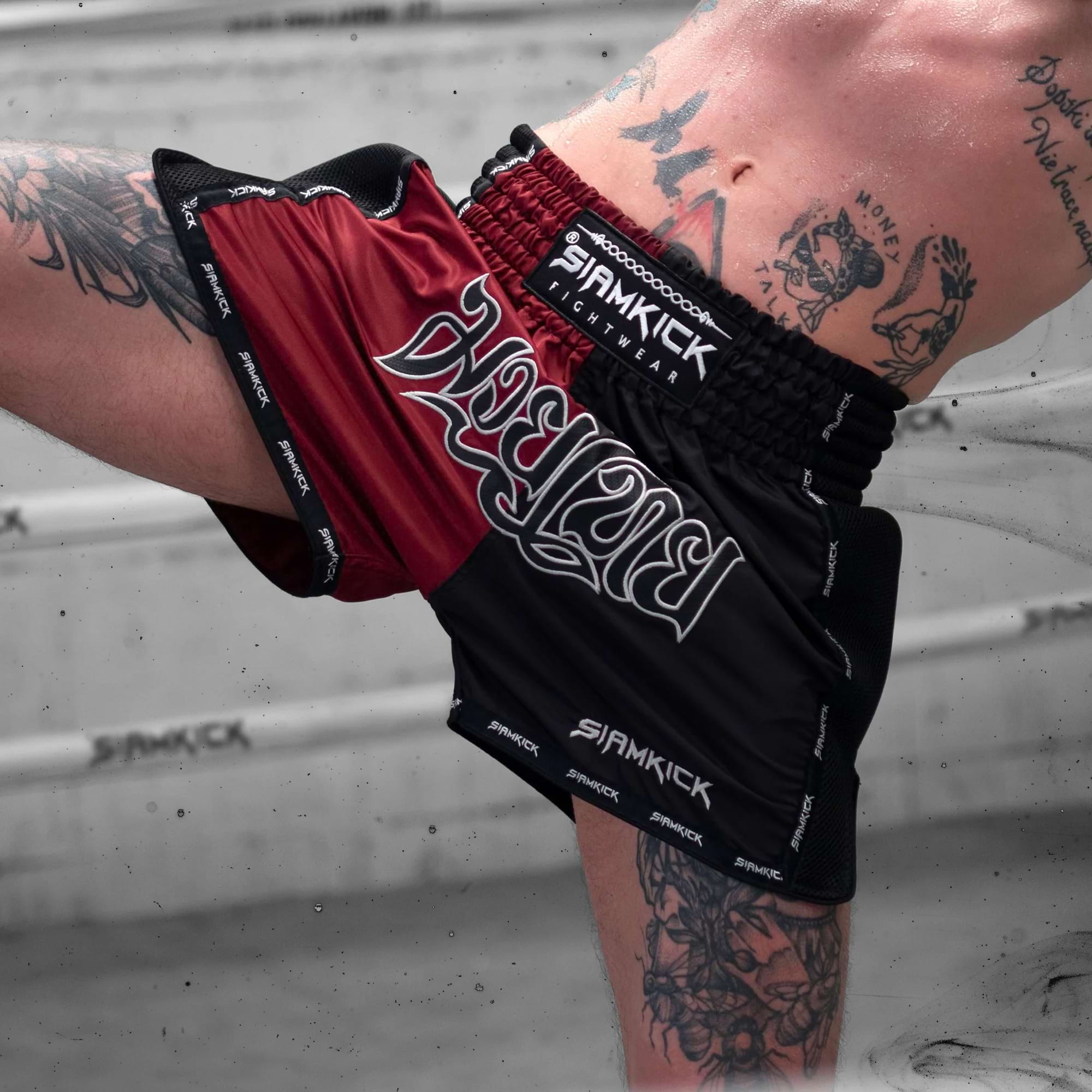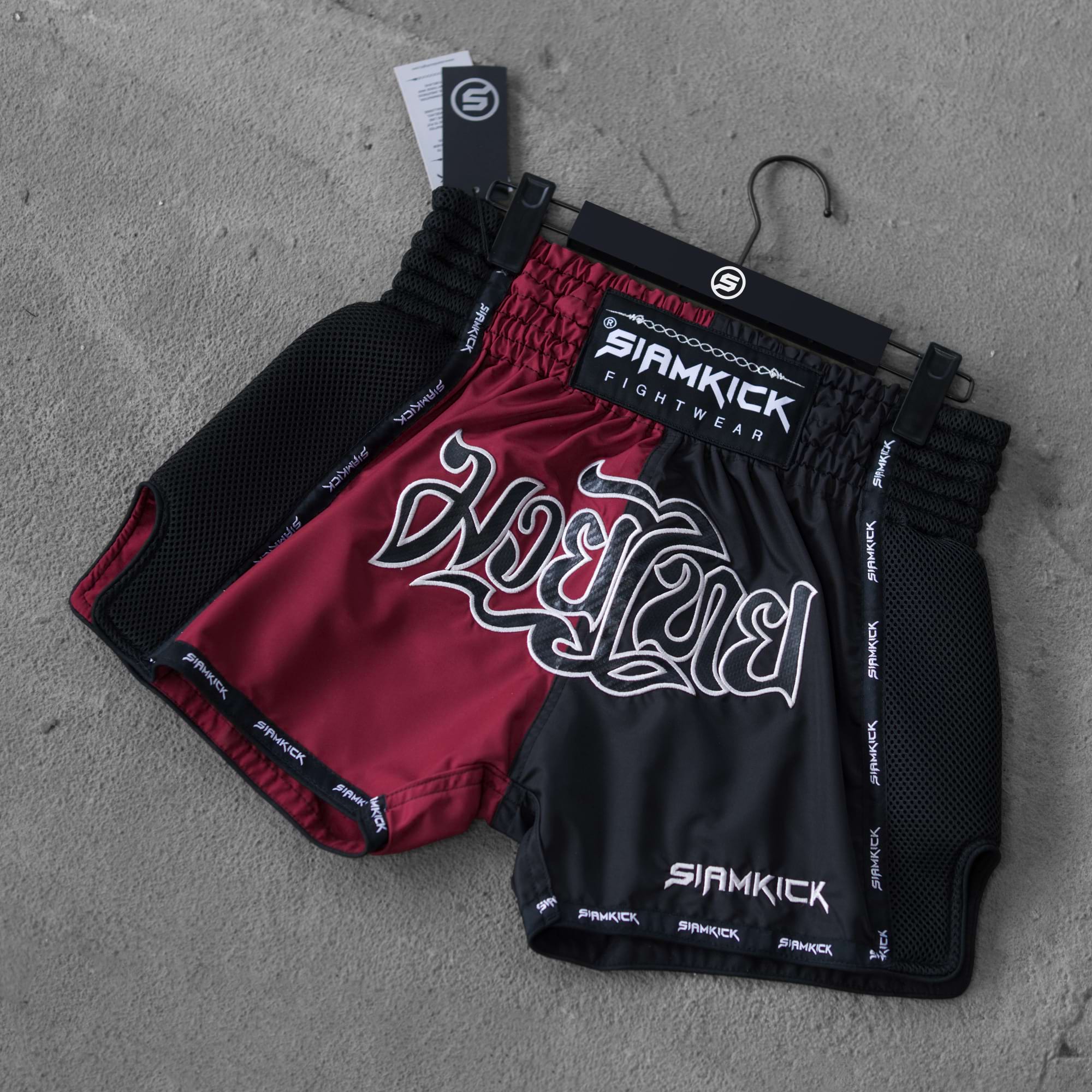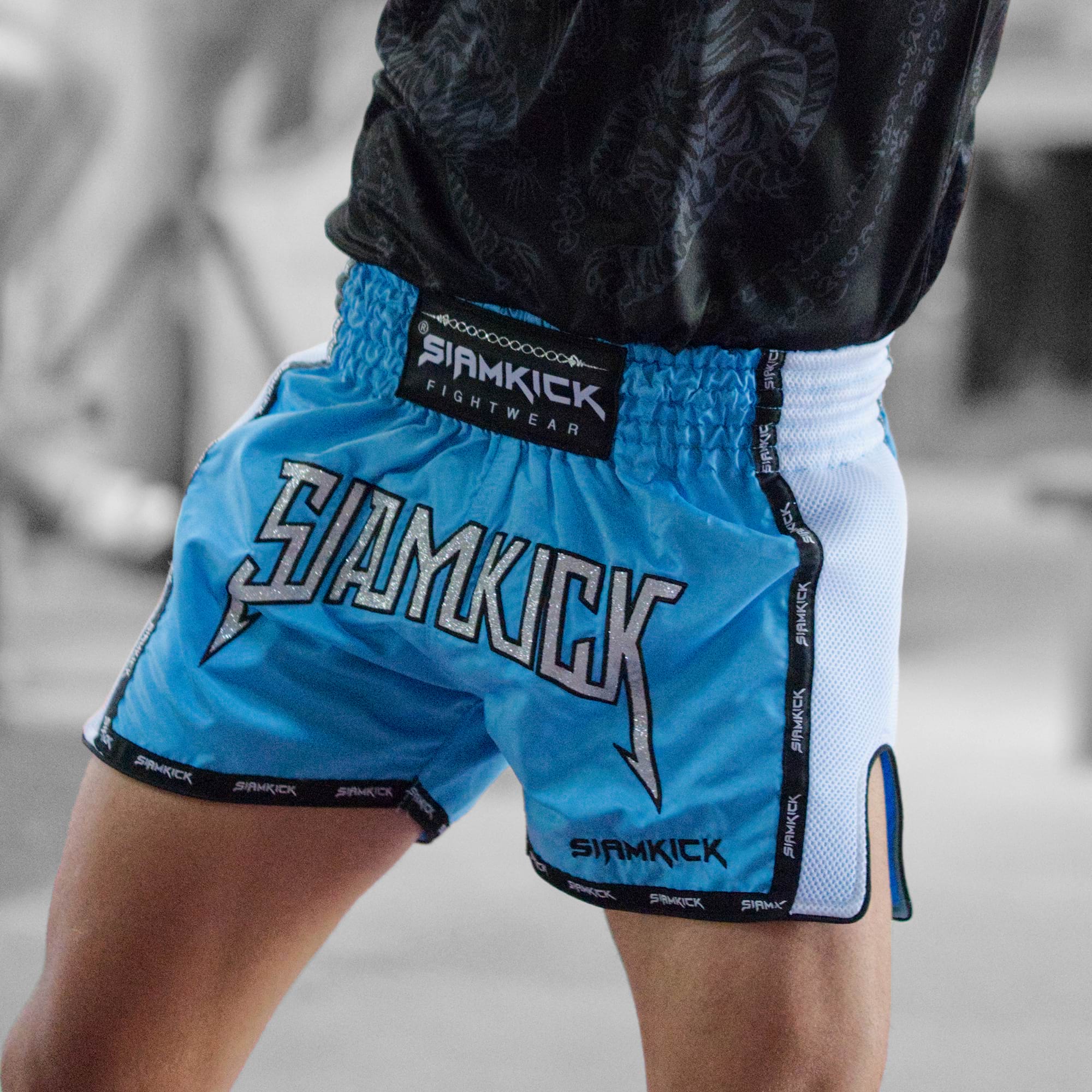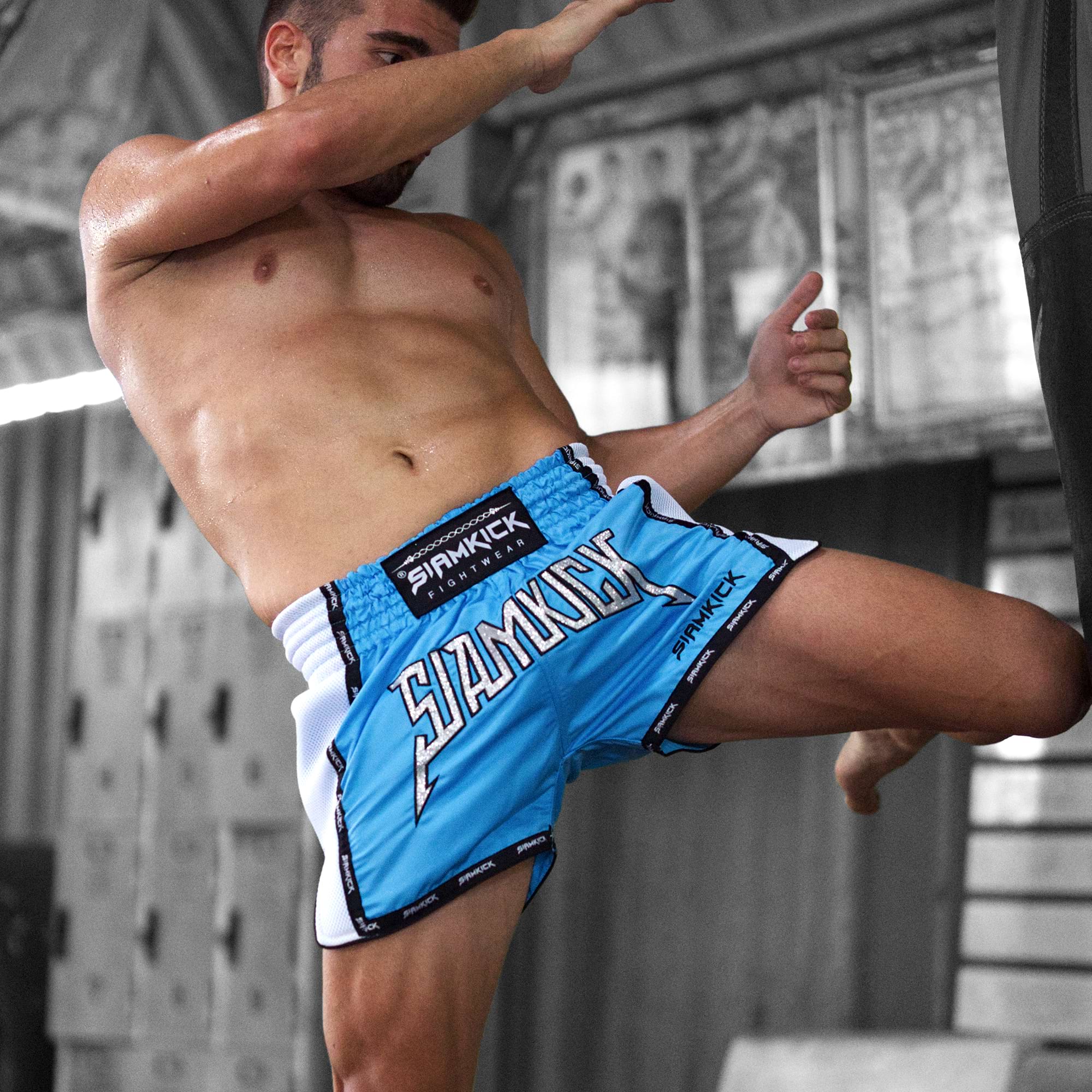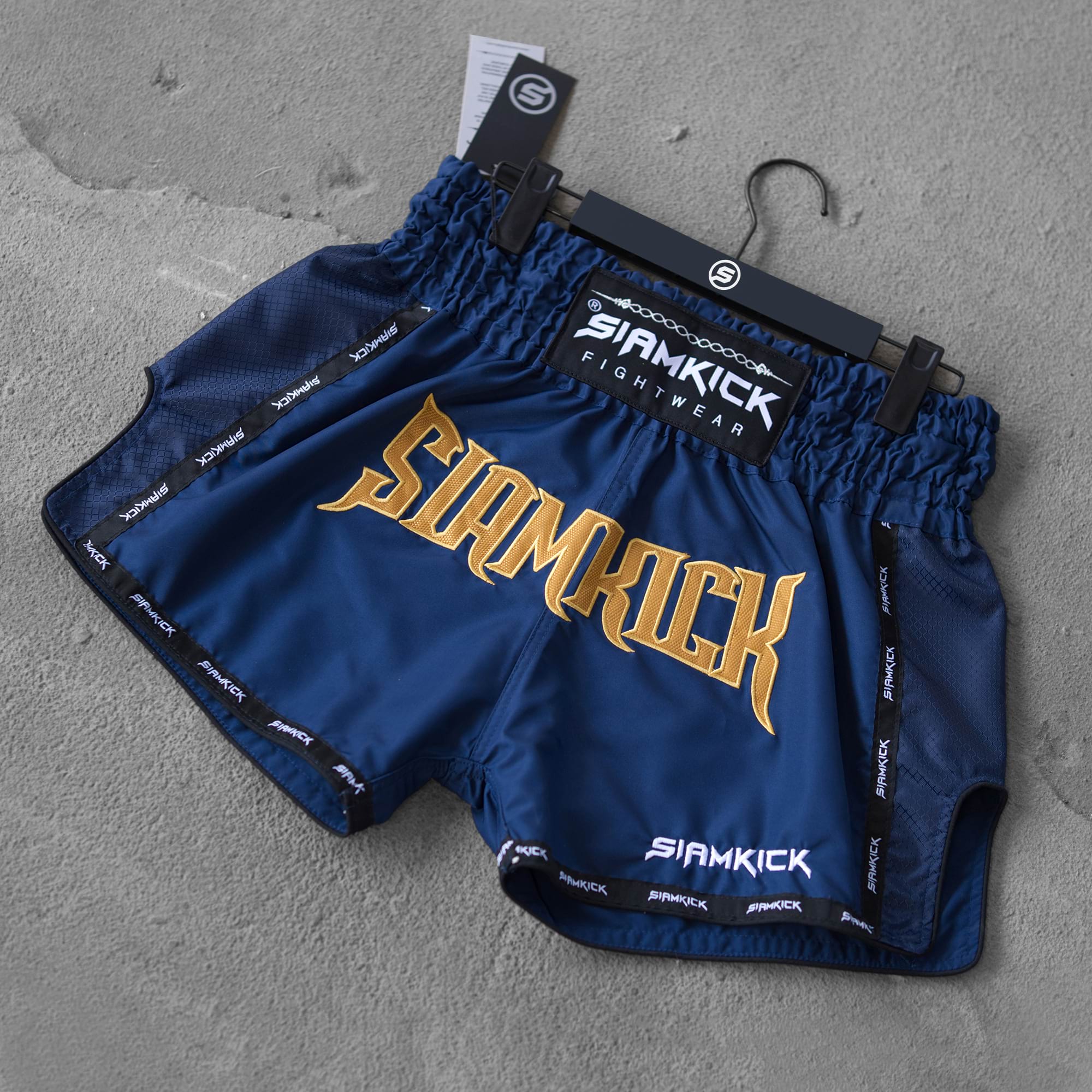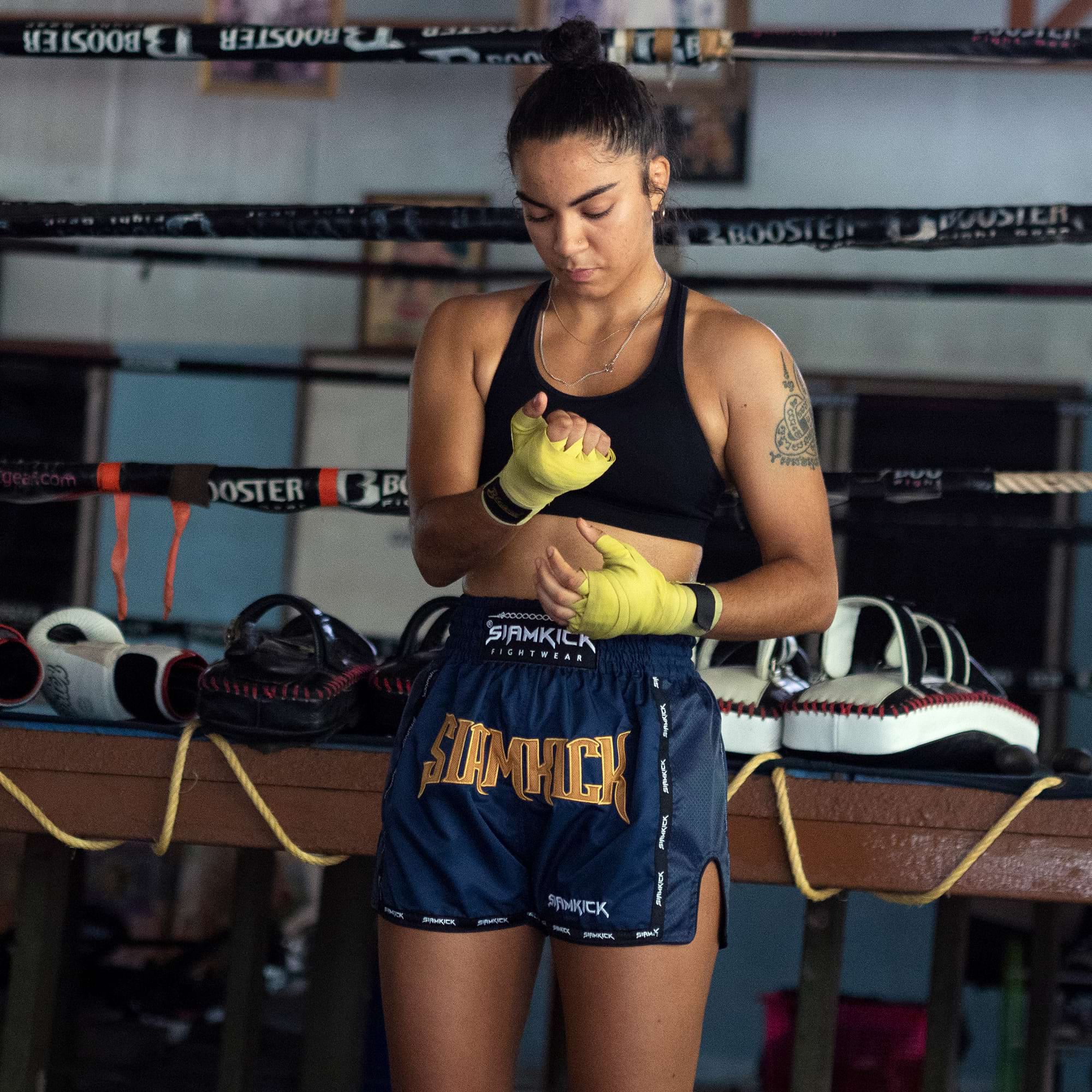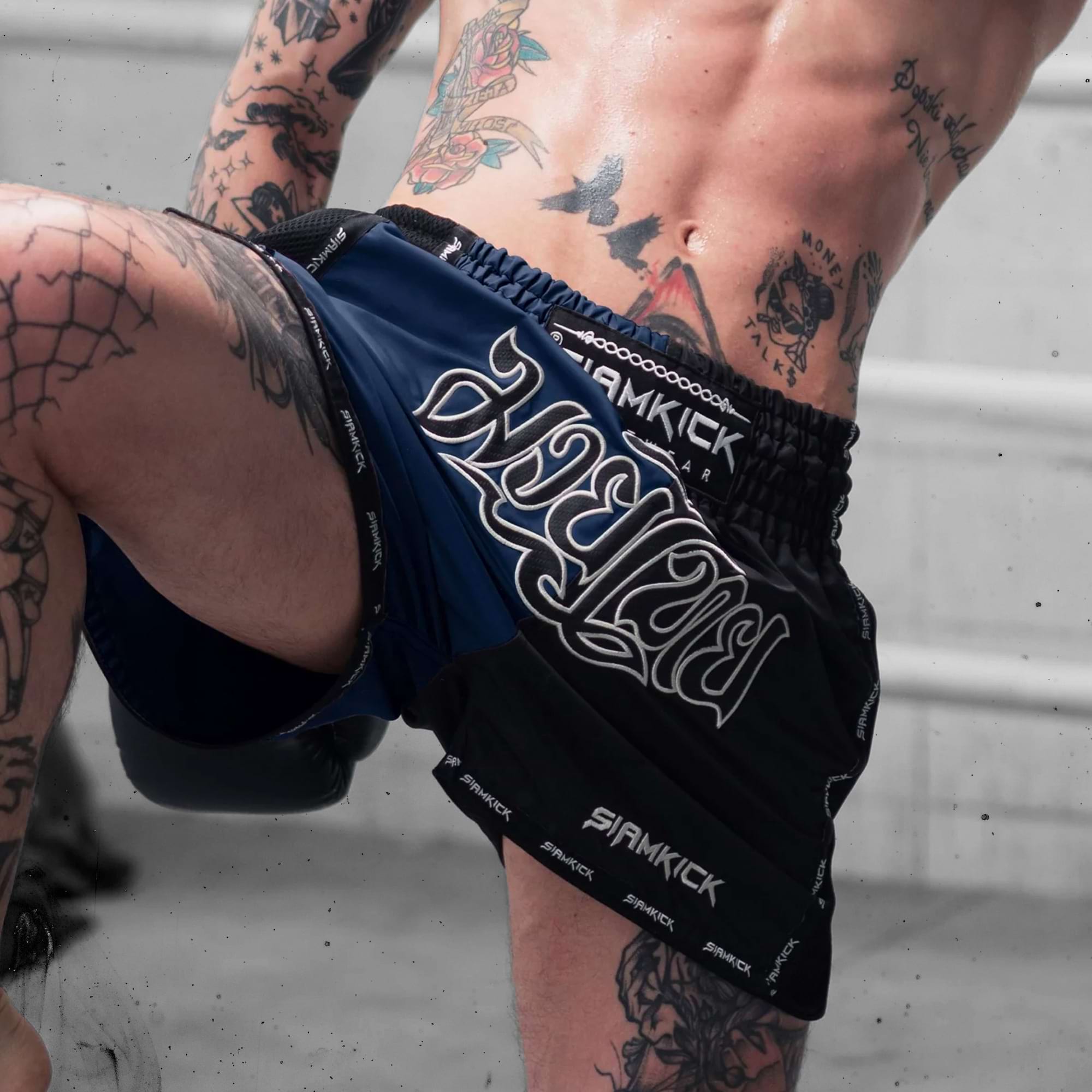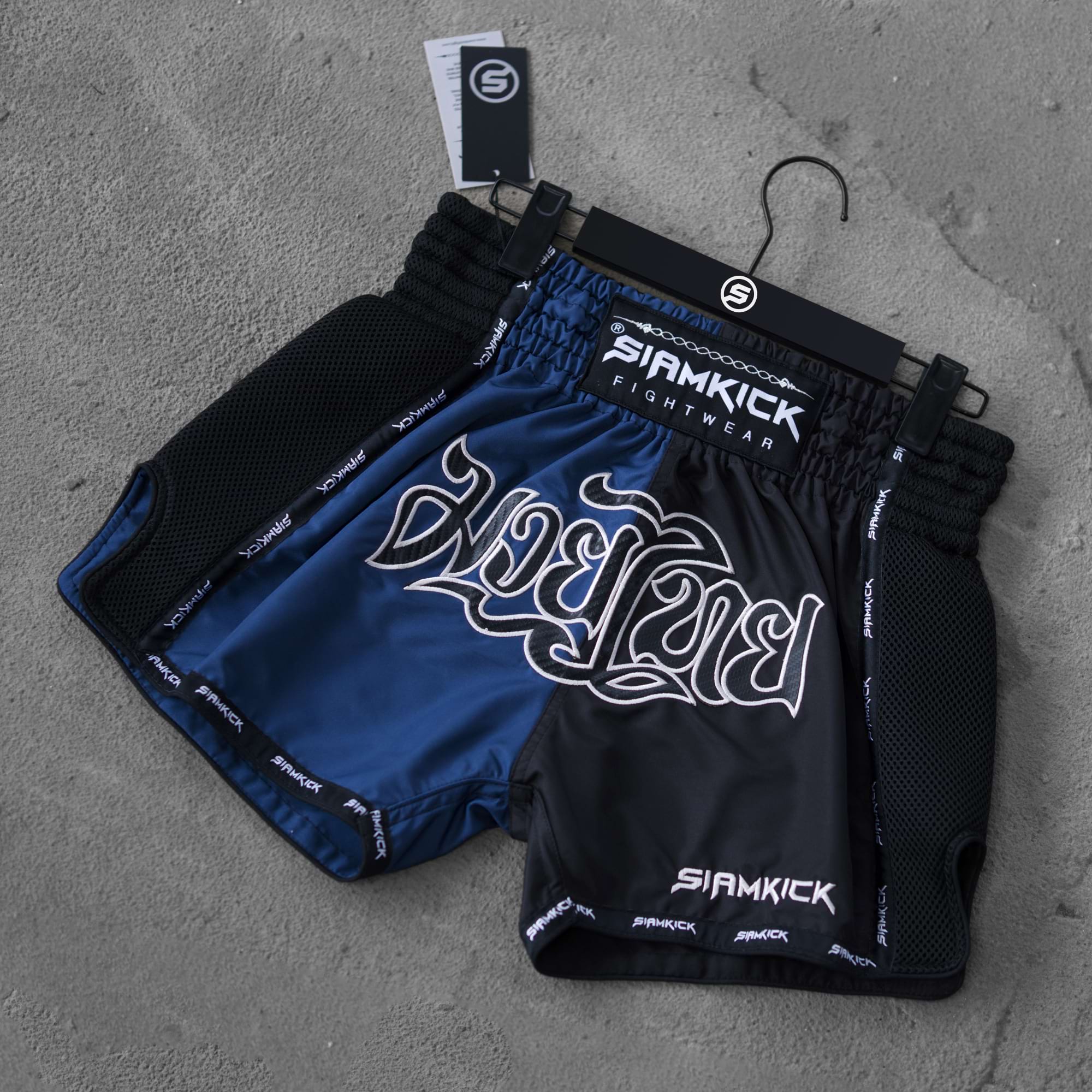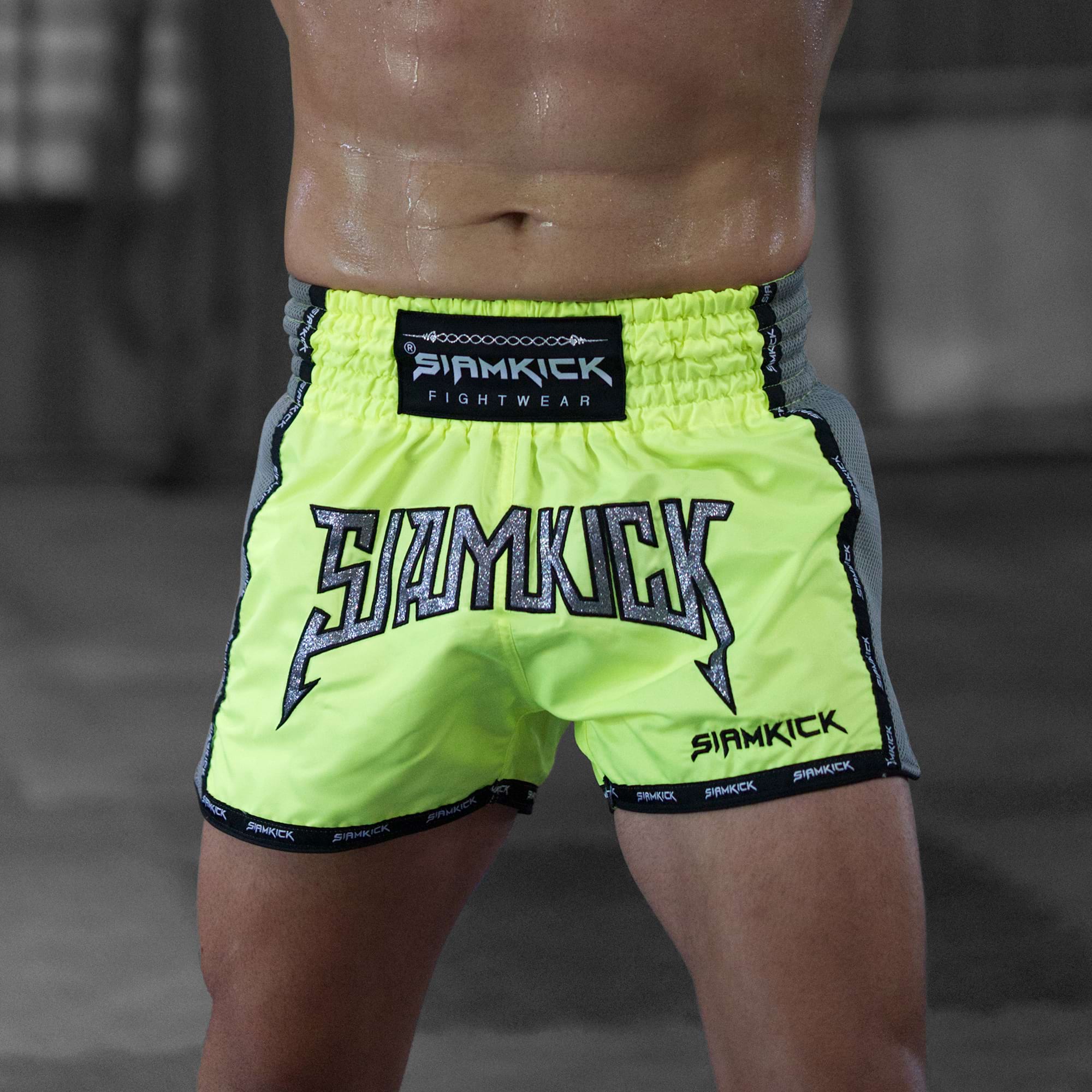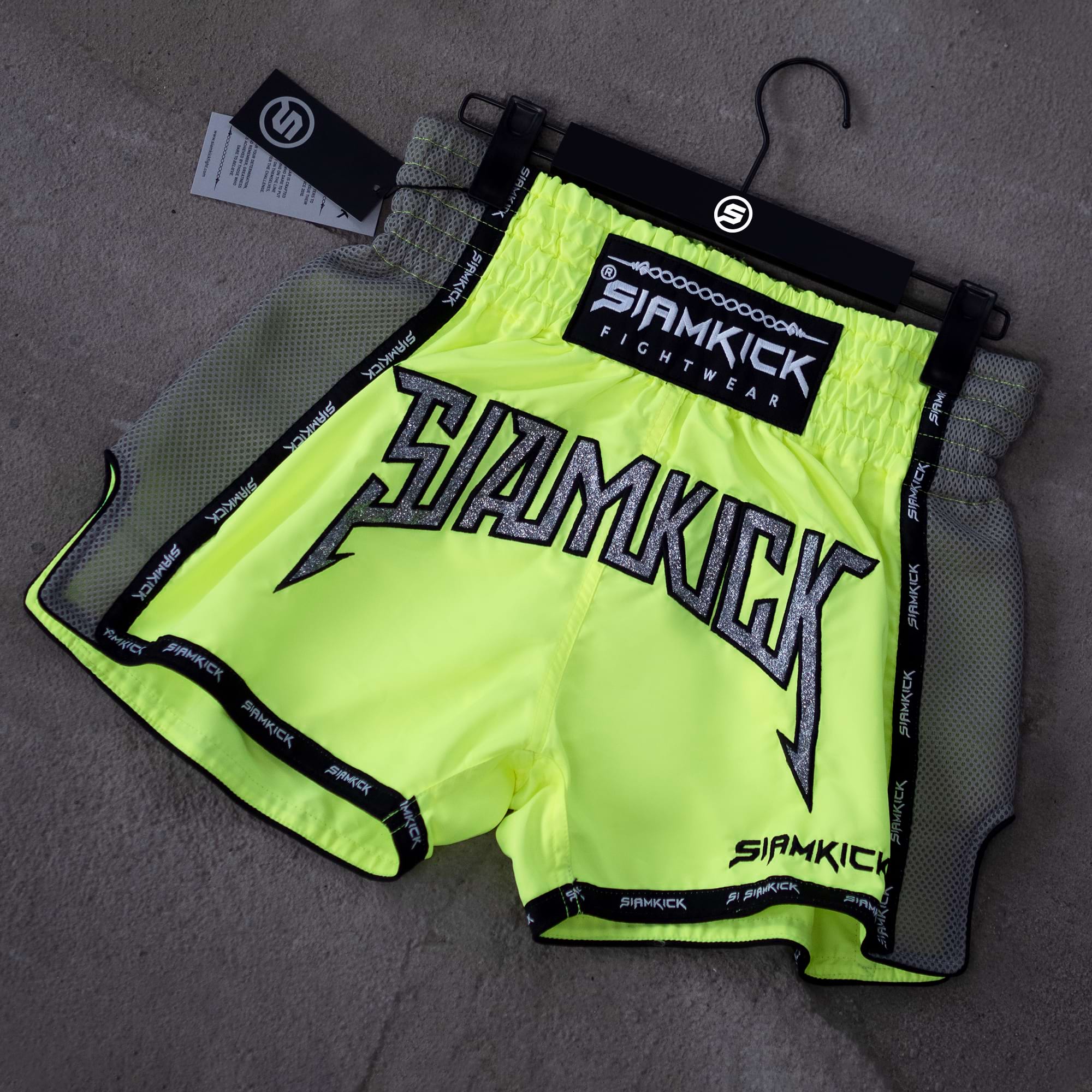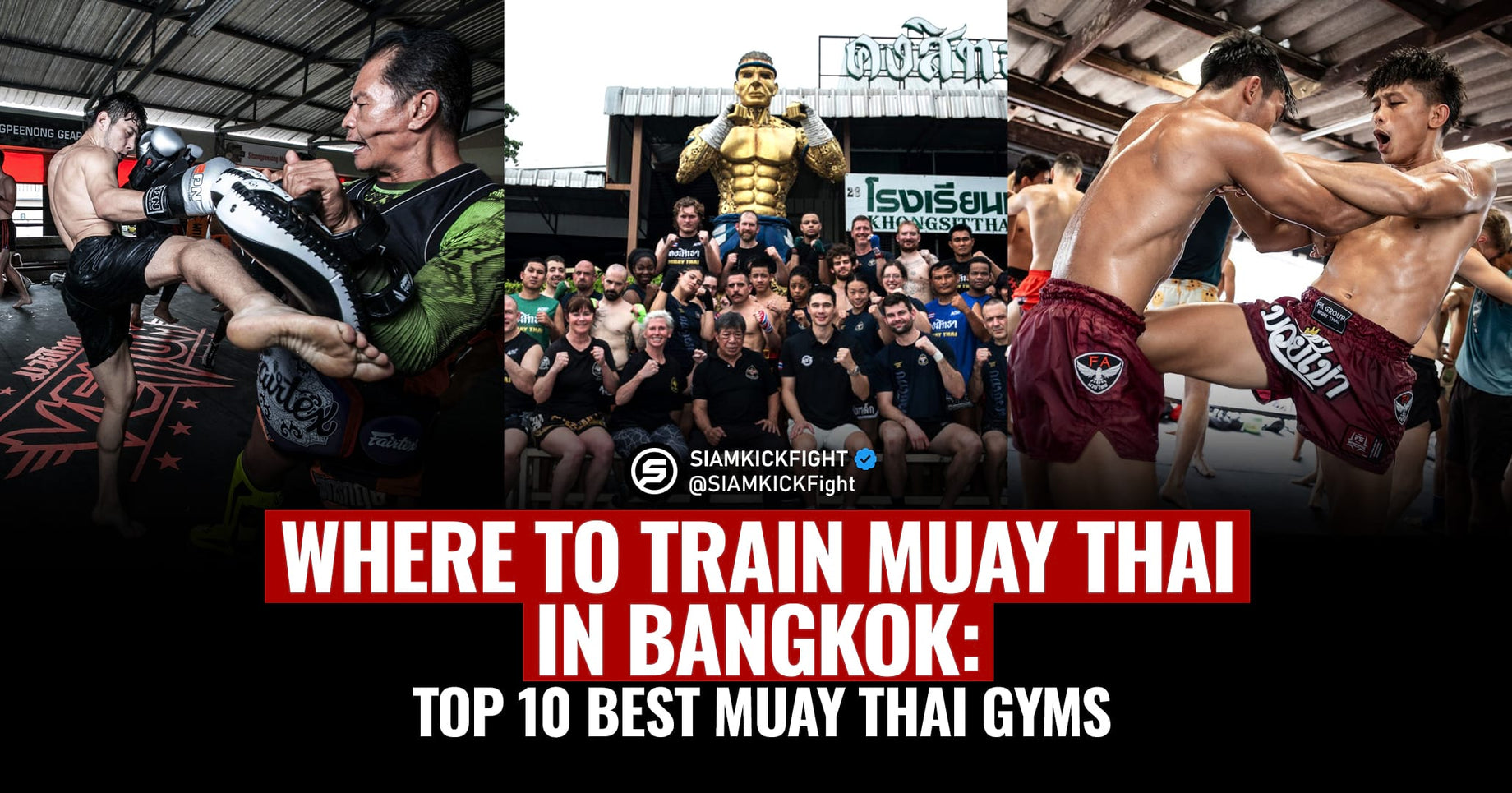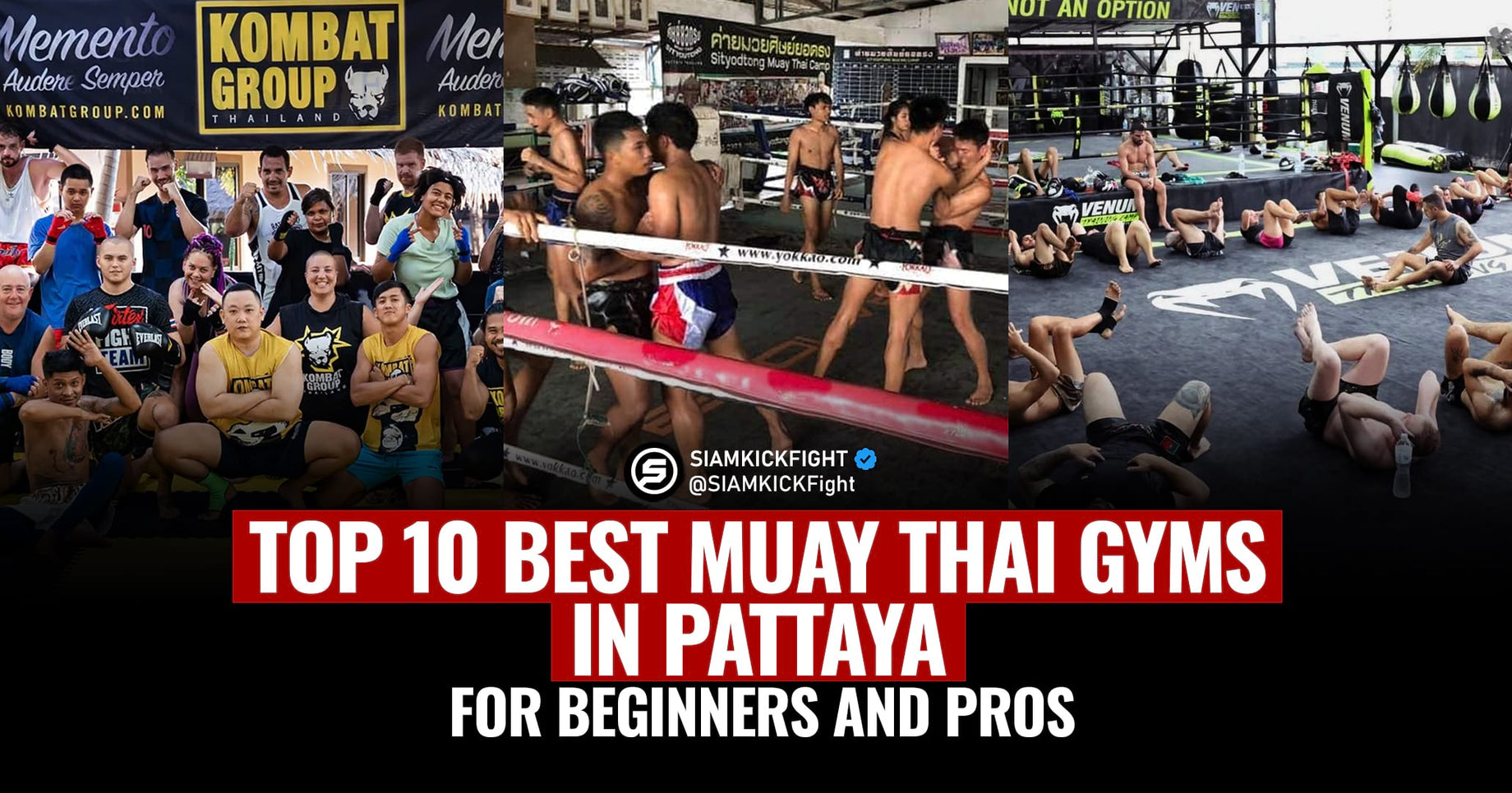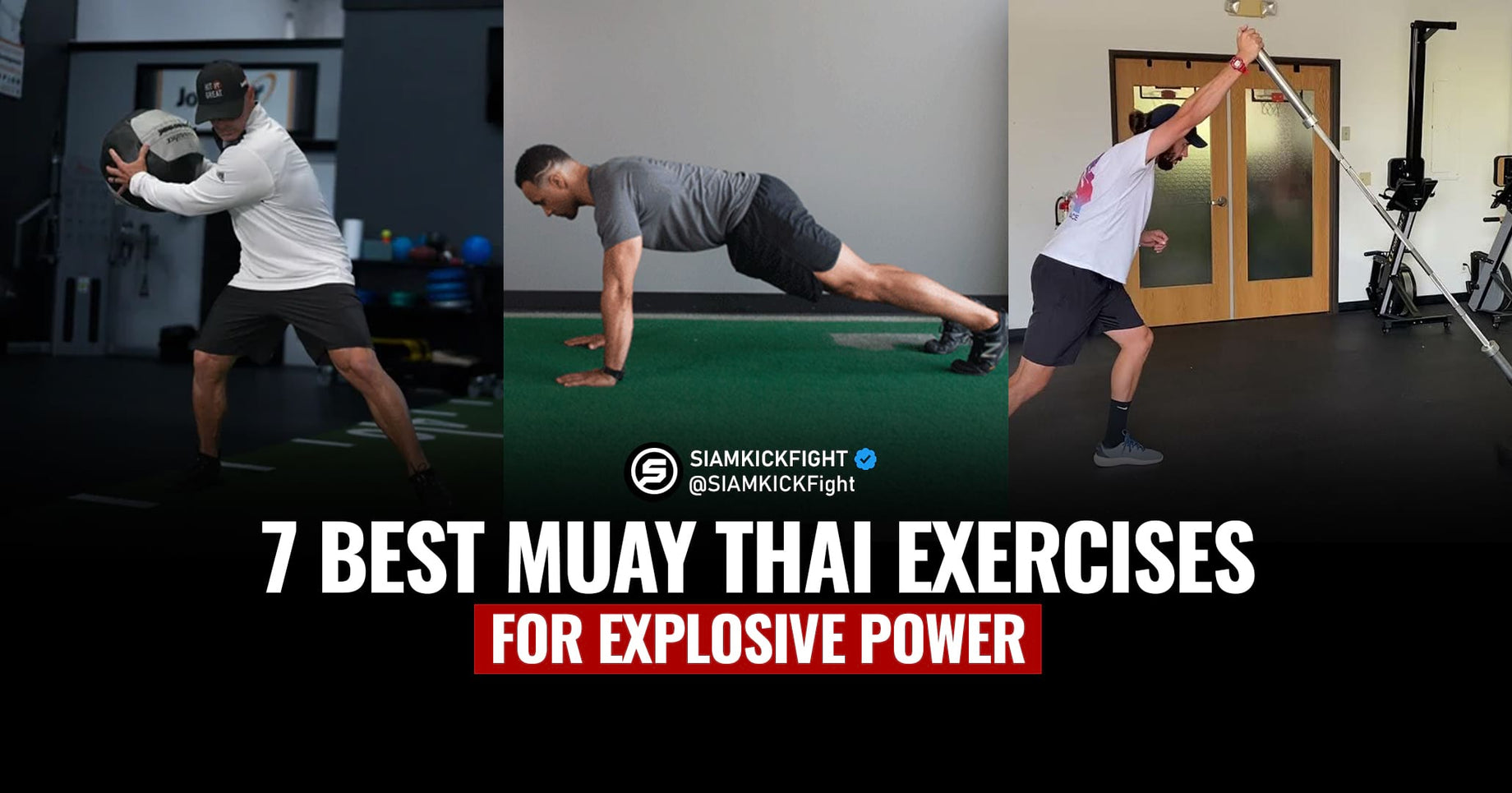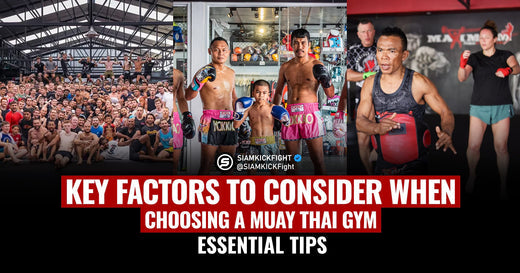Table of Contents

Introduction
Stepping into the ring for your first Muay Thai fight is an electrifying yet nerve-wracking experience. The adrenaline rush, the anticipation, and the challenge of facing an opponent in combat bring forth a unique feeling excitement. Whether you're a novice fighter eager to test your skills or an athlete transitioning from other combat sports, the journey into Muay Thai demands careful preparation and understanding. Let's explore the 5 key factors that will prepare you for your first Muay Thai challenge.
Understanding the Muay Thai Scoring System

Before your first Muay Thai fight, it's vital to know the scoring system used by the fight promotion since this will significantly impact the way you fight and increase your chances of success in the ring. There are two main systems: the traditional Muay Thai scoring and the modern 10-point must system.
Traditional Muay Thai Scoring:
- While clean strikes and aggression are important, they were evaluated in the context of the fighter's overall performance, strategy, and resilience.
- The last round carries significant weight, since it greatly affects the overall impression a fighter leaves on the judges.
Modern 10-Point Must System:
- Each round is scored independently, with the winner of a round receiving 10 points and the loser a lower score, typically 9 or fewer.
- Focuses on technical skill, clean striking, and effective defense.
- Consistency across all rounds is essential, rather than a strong finish.
For more information, read our full, comprehensive guide on the Muay Thai scoring system.
Know What the Judges Look For
In Muay Thai, each technique carries its own scoring potential, and understanding how judges evaluate these techniques is crucial for fighters aiming to secure victory. Here are some key techniques and their impact on scoring, ranked from most impactful to least impactful:

Elbows and Knees
- Elbows and knees are among the most devastating techniques in Muay Thai and carry significant scoring potential.
- Landing elbows and knees with precision, targeting vulnerable areas such as the head or torso, can sway judges' scores in favor of the attacking fighter.
- These close-range techniques require skill and timing to execute effectively, but when done right, they can cause immediate damage and tilt the momentum of the fight.

Roundhouse Kicks
- Roundhouse kicks delivered with precision and power to the opponent's body or head are high-scoring techniques.
- Judges pay close attention to the impact of these kicks, looking for visible damage or disruption of the opponent's balance.

Sweeps / Throws
- When executed cleanly and with control, trips and throws can impress judges and score highly, especially if they result in the opponent being grounded or losing position.
- Fighters who demonstrate proficiency in trips and throws showcase their technical skill and tactical awareness, earning scoring opportunities even in close-quarters combat.

Clinch Work
- Judges look for active engagement in the clinch, with fighters seeking to control the opponent's posture, land knee/elbow strikes, or throw them off-balance.
- Effective clinch work requires a combination of strength, technique, and strategy to score points and wear down the opponent over time.

Leg kicks / Teeps (push kicks)
- Leg kicks wear down the opponent’s mobility, while teeps are used for distance control and disrupting the opponent’s rhythm.
- These aren’t the hardest techniques to land and therefore, do not score very high.
- While these 2 techniques may not always receive high scores individually, the accumulation of these techniques throughout a fight can cause a significant difference in the scorecards.

Punches
- While punches are fundamental strikes in Muay Thai, they are generally the lowest-scoring techniques compared to kicks, elbows, and knees.
- However, punches alone may not accumulate as many points as other techniques unless they visibly affect the opponent or are part of a combination attack.
Physical Conditioning
- To get ready for your first fight, focus on a well-rounded training plan. Start by improving your endurance with activities like running, cycling, or jump rope. Strength training is crucial for powerful strikes and clinches. Include exercises like squats, deadlifts, push-ups, and pull-ups to build strength in your legs and upper body. Flexibility is important to execute moves correctly and prevent injury. Do dynamic stretches and mobility exercises to improve flexibility and movement. Work on agility and coordination to move quickly and evade your opponent's attacks. Use drills like ladder drills and cone drills to enhance footwork and reflexes.
- In amateur fights, physical conditioning is especially crucial because a real fight is much more intense than sparring. The adrenaline and fear can quickly wear you down, leaving you tired and out of breath. Many first-time fighters find themselves exhausted early in the fight. Keeping your stamina up throughout the bout is key to securing victory.
- To prepare effectively, incorporate extra rounds into your training and sparring sessions. For instance, if your fight is scheduled for three rounds, train with five to six rounds of sparring. This extra endurance training will help you build the stamina needed to perform at your best until the final bell rings. Lastly, make sure to rest and recover properly. Take rest days, get enough sleep, and eat nutritious foods to support your body's recovery.
Mental Preparation
- In Muay Thai, mental preparation is just as important as physical conditioning. Before your first fight, nerves and anxiety can affect your performance, so it's crucial to cultivate a strong mindset. Start by visualizing yourself in the ring, imagining success and overcoming challenges. Relaxation techniques like deep breathing and meditation can help calm your nerves. Stay focused during training and learn to bounce back from setbacks.
- Challenges in your first fight are expected. Stay calm and focused when facing difficulties. Use techniques like deep breathing and positive thinking to manage stress. Stay flexible and adjust your tactics during the fight. Learn from both wins and losses to grow. Stay resilient, as it's vital for your journey in Muay Thai.
- Whether you win, lose, or draw, every fight provides valuable lessons and insights that contribute to your growth as a fighter. Embrace the outcome, reflect on what went well and what could be improved, and use it as motivation to continue refining your skills and evolving as a martial artist.
Choosing The Proper Gear & Equipment
- Before stepping into the ring, it's important to ensure you're equipped with the right Muay Thai gear. From shin guards and mouthguards to Muay Thai shorts, proper gear significantly reduces the risk of injuries, enhances your ability to execute techniques effectively, and boosts your confidence.
- When it comes to Muay Thai equipment, SIAMKICK has everything you need. From traditional Mongkol and Prajiad to Muay Thai shorts and essential protective gear, SIAMKICK offers a comprehensive selection of equipment designed to meet the needs of both beginners and seasoned fighters.


